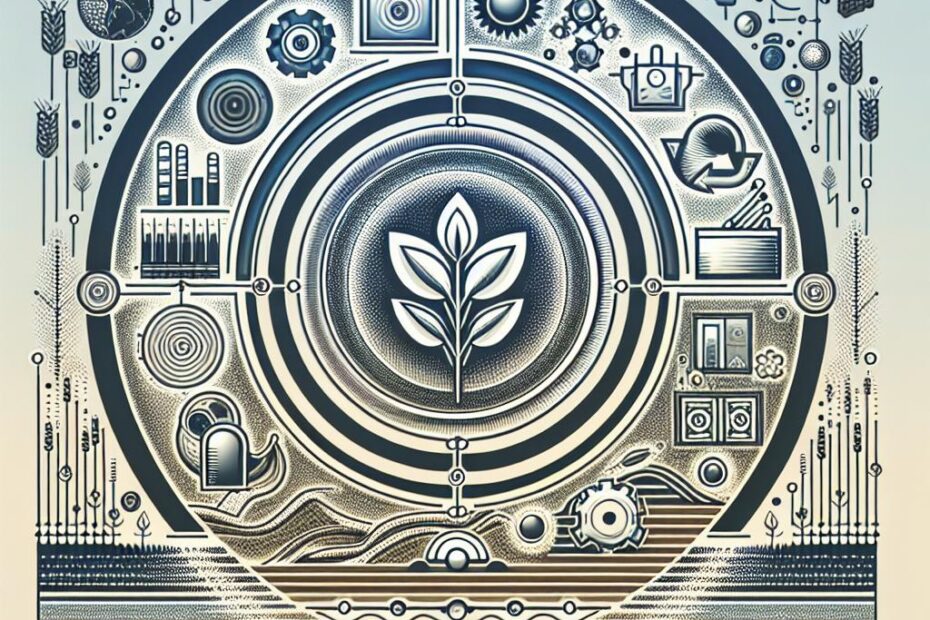Meta Title: The Importance of Soil Texture: Why It Matters for Your Plants
Meta Description: Discover why soil texture plays a crucial role in plant growth and how understanding it can help you create a thriving garden. Learn about the various types of soil texture, their impact on plant health, and practical tips for improving your soil quality.
Introduction
When it comes to gardening and agriculture, soil texture is a fundamental aspect that can make a significant difference in the success of your plants. Soil texture refers to the composition of minerals such as sand, silt, and clay, as well as organic matter, in the soil. Understanding soil texture is essential because it directly influences the soil’s ability to retain water, nutrients, and air—critical factors for plant growth. In this article, we will delve into why soil texture is important, the different types of soil texture, and how you can optimize it to create a thriving garden.
Why is Soil Texture Important?
Soil texture plays a vital role in plant growth and development for several reasons:
-
Water Retention: Soil texture determines how well water is retained in the soil. Sandy soil, for example, drains water quickly, while clay soil retains water for longer periods. The ideal soil texture strikes a balance between retaining enough water for plants without causing waterlogged conditions that can lead to root rot.
-
Nutrient Availability: The texture of soil affects the availability of essential nutrients for plants. Sandy soil tends to have lower nutrient content, while clay soil can have higher nutrient levels but may also have poor drainage. Understanding your soil texture can help you choose the right fertilizers and amendments to ensure your plants receive the nutrients they need.
-
Air Circulation: Soil texture also influences the amount of air that can penetrate the soil. Adequate air circulation is essential for root respiration, which is crucial for nutrient uptake and overall plant health. Soil compaction, often associated with clay soil, can restrict air circulation and negatively impact plant growth.
-
Root Development: Different soil textures can impact root development in plants. Sandy soil, with its coarse particles, allows roots to penetrate easily but may not provide enough stability. In contrast, clay soil can be dense and inhibit root growth if not properly aerated and amended.
Types of Soil Texture
Soil texture is typically categorized into three main types based on the percentage of sand, silt, and clay present:
-
Sandy Soil: Sandy soil has large particles that create large air spaces between them. It drains quickly but does not retain water or nutrients well.
-
Silt Soil: Silt soil has smaller particles than sand but larger than clay. It has moderate water retention and drains moderately.
-
Clay Soil: Clay soil has tiny, tightly packed particles that hold water and nutrients well but can easily become waterlogged. It can also be prone to compaction.
Understanding your soil’s texture can help you determine its properties and tailor your gardening practices to suit your specific soil type.
Benefits of Soil Texture
Optimizing soil texture can offer numerous benefits for your garden:
-
Improved Plant Health: By providing the right balance of water, nutrients, and air, you can create an optimal environment for plant growth and development.
-
Increased Yield: Healthy soil texture can lead to higher crop yields and better-quality produce due to improved nutrient availability and root development.
-
Reduced Water Usage: Soil with good texture retains water effectively, reducing the need for frequent watering and helping conserve water resources.
-
Enhanced Soil Structure: Improving soil texture can enhance soil structure, promoting better drainage, aeration, and root penetration.
Practical Tips for Soil Texture Optimization
Here are some practical tips for optimizing soil texture in your garden:
-
Soil Testing: Conduct a soil test to determine your soil’s pH, nutrient levels, and texture. This information can guide you in making informed decisions about amendments and fertilizers.
-
Add Organic Matter: Incorporating organic matter such as compost, leaf mulch, or manure can improve soil texture by increasing its water retention capacity and nutrient content.
-
Mulch: Mulching your garden beds can help regulate soil temperature, retain moisture, and reduce erosion, ultimately improving soil texture over time.
-
Aerate: Aerating compacted soil can improve air circulation and drainage, promoting better root development and overall plant health.
Conclusion
Soil texture is a critical factor that significantly impacts plant growth and overall garden health. By understanding the different types of soil texture and how they affect water retention, nutrient availability, and root development, you can optimize your soil for thriving plants. Implementing practical tips such as soil testing, adding organic matter, and mulching can help you improve soil texture and create a healthy environment for your garden. By prioritizing soil texture in your gardening practices, you can enjoy vibrant, healthy plants and bountiful harvests year after year.
With these insights, you can now enhance your gardening knowledge and create a flourishing garden by paying attention to the essential aspect of soil texture. Happy gardening!
